Get educated about good indoor air quality in schools and universities. Help students improve their cognitive performance, essential for successful learning, with good indoor air quality.
Reading, writing, arithmetic – and good indoor air quality. With the proper care and attention, your HVAC system can help you achieve the best conditions for learning and productivity — and have a positive impact on achievement and performance inside these critical institutions.
On any given school day, roughly 51 million people will occupy a school building. Yet many of these buildings are in need of extensive repairs, and report problems related to poor indoor air quality. Without a prompt response to these challenges, poor indoor air quality (IAQ) can result in short- and long-term health problems, expensive repairs and even liability issues.
Schools and other educational facilities present unique problems to designers and HVAC practitioners. Most schools are diverse structures with different environments such as classrooms, laboratories, workshops, gymnasiums, libraries, theaters, cafeterias and photography darkrooms. Physics and biology labs present their own unique challenges to maintaining proper IAQ throughout the facility.
High-level cognitive performance, essential for successful learning, is linked to good IAQ. Another fact is that most educational facilities are in areas of high population density (cities), and the air can be polluted by a wide range of contaminants from both outdoor and indoor sources. The hazards faced by students and teachers range from general IAQ issues to exposure to traffic fumes, exposure to toxic gases in labs and exposure to deadly viruses in research labs.
Camfil offers robust and dedicated particulate filtration, molecular filtration and containment filtration solutions for all air quality issues in educational establishments.
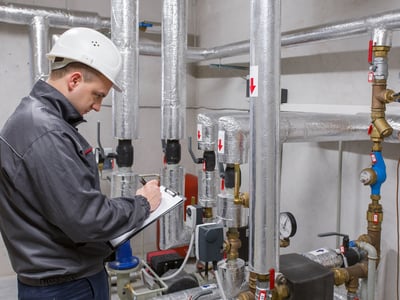
Gas turbine generation provides efficient electricity and process heat to vital institutions in our societies like schools and universities. Camfil's wide selection of air inlet filters are designed to maximize availability, reliability and profitability.
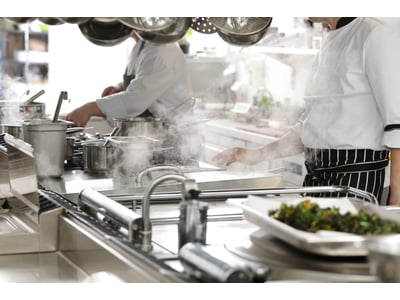
Commercial kitchens are highly ventilated to remove smoke, grease and stream. Exhaust filtration is used to minimize the risk of duct fires and remove odor nuisance.
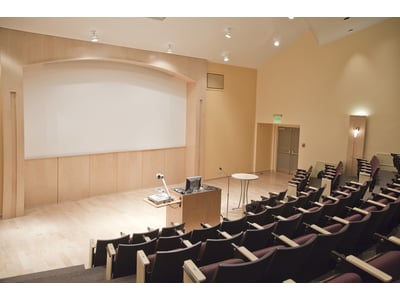
Areas with large groups of people naturally generate particles, airborne viruses, bacteria and allergens. With high-quality air filters, facilities can reduce risks and save on energy and maintenance costs.
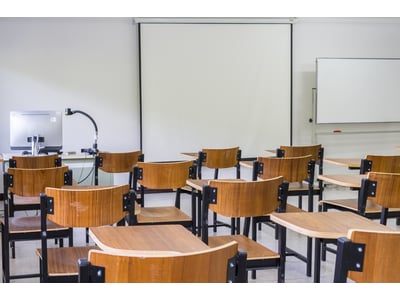
Clean air is closely correlated with student and teacher health, happiness, high attendance rates and academic performance. Eliminate airborne allergens, bacteria and viruses while lowering maintenance and energy costs.
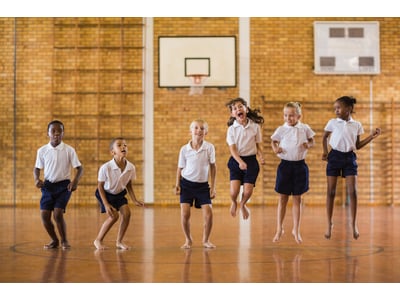
Athletes require higher volumes of clean air that is free from dust, lint, chalk, mold and bad odors, all of which are naturally abundant in fitness facilities.
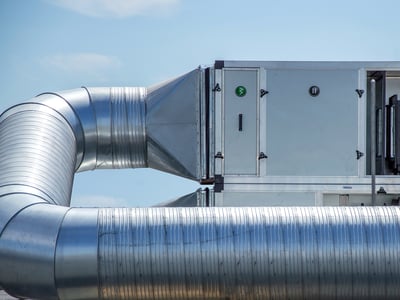
Protect people, processes, products and equipment while keeping maintenance and energy costs low by keeping air handling units unclogged.

Energy Cost Index (ECI) 5-Star Rating System set the standards for air filter performance. The more stars means better air filter performance and higher energy savings. Get recognized for saving energy, shrinking waste, reducing carbon footprint and improving indoor air quality.
Air quality Virus Contamination Control Electronics and optics Education and experience Commercial and public buildings Manufacturing and machinery Sustainability Take a Breath Case studies Food and beverage Life science and healthcare
In a scientific debate, WHO has acknowledged that in the case of COVID-19, airborne transmission could not be ruled out in crowded, closed or poorly ventilated settings. Scientists across the world are looking for more evidence as it may affect many guidelines in the crowded indoor environment.
Air quality Virus Contamination Control Commercial and public buildings Air cleaners and air purifiers Life science and healthcareCommon cold and flu remedies get passed down from generation to generation. From grandma’s chicken soup recipe to ginger and honey in tea, there are plenty of home remedies in every household. But some flu viruses are more serious and require stronger defenses.
For a safe school operation, healthy and virus-free air in the classroom is needed to avoid infections and diseases and to provide added comfort to students, parents, and staff. Camfil's "Clean Air in the Classrooms" information pack is designed to help schools understand the clean air solutions available to mitigate virus and airborne pathogen risks.
Often the initial purchase price for air filters or dust collectors is just the tip of the iceberg. The true costs for energy, maintenance and disposal are lurking below the surface. To make the most economic decision in the long-run, a detailed calculation considering all the factors will help to reduce your overall expenditure.
The first classification system for molecular filters in general ventilation applications
Read the report from the University College of Dublin (UCD) as they evaluate the effectiveness of the City M unit in poorly ventilated environments
Camfil partnered with Stockholm School of Economics in order to bring clean air for optimal breathing during the world record attempt for most hours on a double pole ski machine.
The reason understanding SBS is important is a majority of adults spend a minimum of eight hours a day inside an office or work building, and most are indoor for about 90 percent of the time they are awake.